Beginners guide to Motorcycle Modifications…
So you’ve decided that the experience of riding and owning a motorcycle can be improved and expanded by modifying your bike. But, if you’ve never done it before, then where do you start?
You might feel that, if you’ve no previous experience, that it’s all too daunting and far easier just to stay with a standard machine. But remember, even those people who build show-winning exotica from the ground up started somewhere, so the excuse of “I’ve never modified a bike before” just doesn’t work, and everyone can see that it is just that, an excuse. Much like the “But I’m not an engineer” attempt at a get-out clause, given that there are very few custom bike builders who are actually time-served engineers.
Quite simply, you just have to get stuck in and Do Work. Procrastinating and worrying about what you can do (or, more pertinently, what you can’t do) is neither good for the soul nor for the great learning experience that we refer to as ‘life’. So the more righteous, self-educating approach is most definitely the way to go.
Production machinery is limited in the fact that it has to be built to suit Mr Average. Which naturally means that it’ll not fit people who aren’t average and, invariably, they’ll not even fit Mrs Average. So, as the ergonomics of a production bike aren’t ideal for everyone, why put up with the aches and pains of an overly cramped (or stretched) riding position?
Whatever style of bike you ride, you can find alternative handlebars that’ll change the ergonomics, whether you require a more relaxed position, or a head-down, arse-up race pose. Many owners of sports bikes find that, for day-to-day riding and commuting, the standard clip-on bars are just too low.
Keep it simple with clip-ons
There’s a couple of options here, as aftermarket clip-ons that are higher, or wider, can be fitted, either in the standard configuration or flipped upside-down to give something akin to low-level drag bars. A top yoke conversion could also be used, thus allowing conventional, one-piece handlebars to be fitted, and this will invariably be the case with a recent sports-orientated model, given that modern top yokes are rather thin to take the loads brought on them by a set of bolt-on bar risers.
Handlebars have perhaps the widest variety of aftermarket part, and are available in a colossal range of configurations. Just a quick look at the range of (British-made) Renthal bars shows over fifty different bars, and that’s only in the 7/8” size, not including the chunky Fatbar options!
Bagger
Aside from Renthals, there’s also the adjustable ‘high rise’ clip-on type bars, as favoured by the touring crowd, and the even stranger apehanger / clip-on combination made for ‘Bagger’ type customs. And that’s before you begin looking at the variety of ‘chopper’ handlebars (choose from apehanger, narrow ‘rabbit ear’, buckhorn, Z, beach, flat track or clubman bars) on the market, let alone anything bespoke…
Given that new bars may put the controls in a significantly different place to standard, you may find that you have to fit longer (or shorter) brake lines and maybe even different throttle and choke cables. This is no great issue, given that aftermarket manufacturers can provide both and, as most people want to replace standard rubber brake hoses with braided steel replacements, there isn’t really any additional cost!
In extreme cases the wiring to the switchgear may need to be extended, although if you’re only changing clip-on bars to flat bars, or simply changing the rise and bend of your bars, then the chances are that it’ll only be the bars that get changed.
With your Elastic Bands sorted, you can look at relocating your Plates of Meat. Adjustable rearsets are available for all manner of production bikes, with the exception of cruisers and factory customs (for which there may be forward controls available), with the irony being that they’ll probably only have their adjustable nature used in the initial application. After all, once your tooty pegs are in the right place, why change?
With this in mind, you might want to consider making up some backing plates for the standard footpegs that simply move them to the position you want. The end result will be the same, albeit cheaper and looking far less complicated, and it’s going to be the only option if there’s no rearsets available for your bike. And, naturally, in the process you’ll gain another skill and experience in making the parts necessary.
Remember, every day’s a school day!
Importance of footpegs
With the footpegs relocated into a new position, there will often need to be a new gearshift linkage, which will be supplied with a set of aftermarket rearsets or forward controls, but if you make up your own peg hangers, then that may be something to attend to. Again, a new brake line may be required, and you might have to rejig the rear brake light operation, but that should be the worst of your problems, unless the rearsets are particularly radical in which case there could be problems if they interfere with an exhaust can, and there could be clearance issues with the swinging arm, but aftermarket parts shouldn’t have any of those headaches.
Bearing in mind the fact that handlebars and footpegs are the primary points of contact with the motorcycle (ignoring your bum, as that does little to control the speed of direction of the machine, no matter how big a posterior it is), you do have to have a certain level of competency in twirling the spanners to ensure that the parts are fitted properly, and aren’t going to rattle loose or fall off after a few miles. If you have any doubt whatsoever, get a responsible adult (copyright Blue Peter, 1983) to help.
Is it a modification or an accessory? Find your answer in our extensive list.
IMPORTANT NOTE: It’s essential to speak to your insurer before you make any modifications to your motorcycle so you can understand the policy implications. Some modifications will dramatically increase your premium, and other modifications might make it very difficult for you to find a company that will insure you at all. Failure to disclose any modifications can also result in your insurer refusing to pay out on a claim, especially if the modification contributes to the claim.
Always do your research properly, consult an expert, speak to your insurer and make sure you’re fully informed of the risks involved of your proposed modification. Modifications should always be done to a professional standard and maintained appropriately.
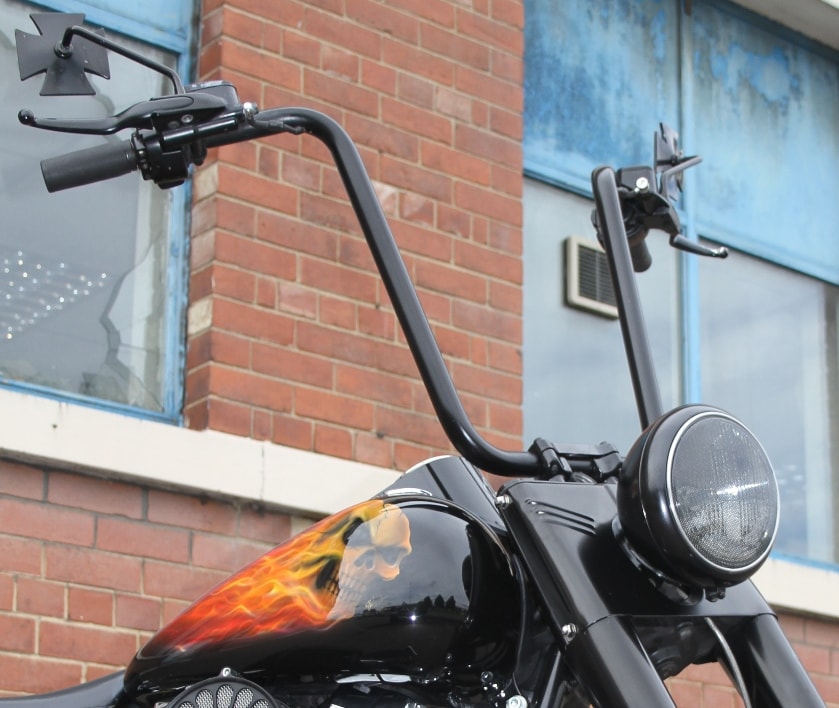
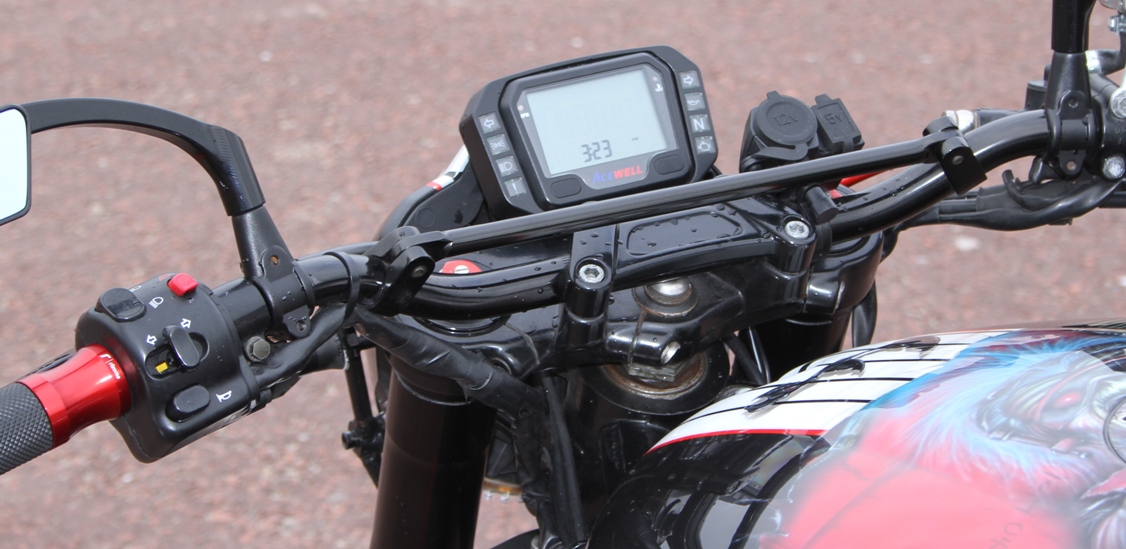
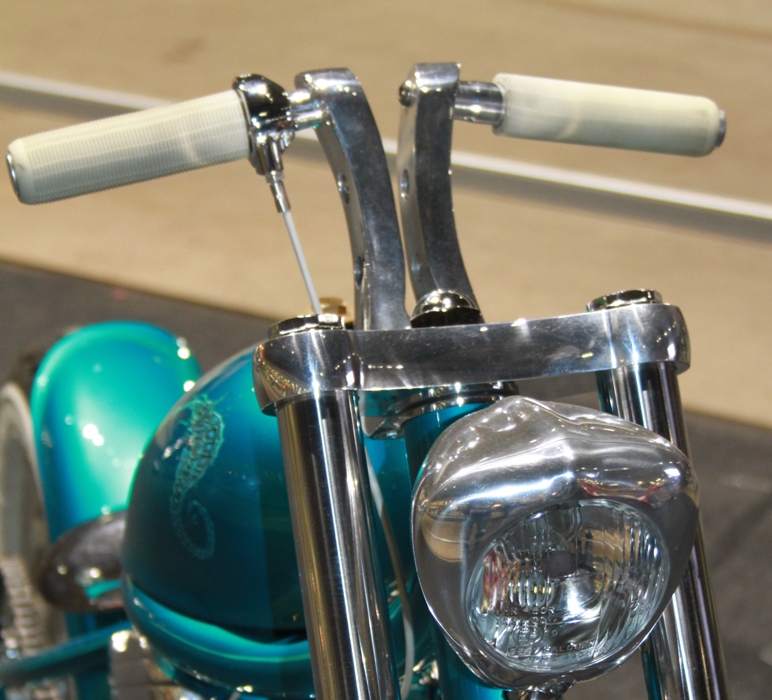
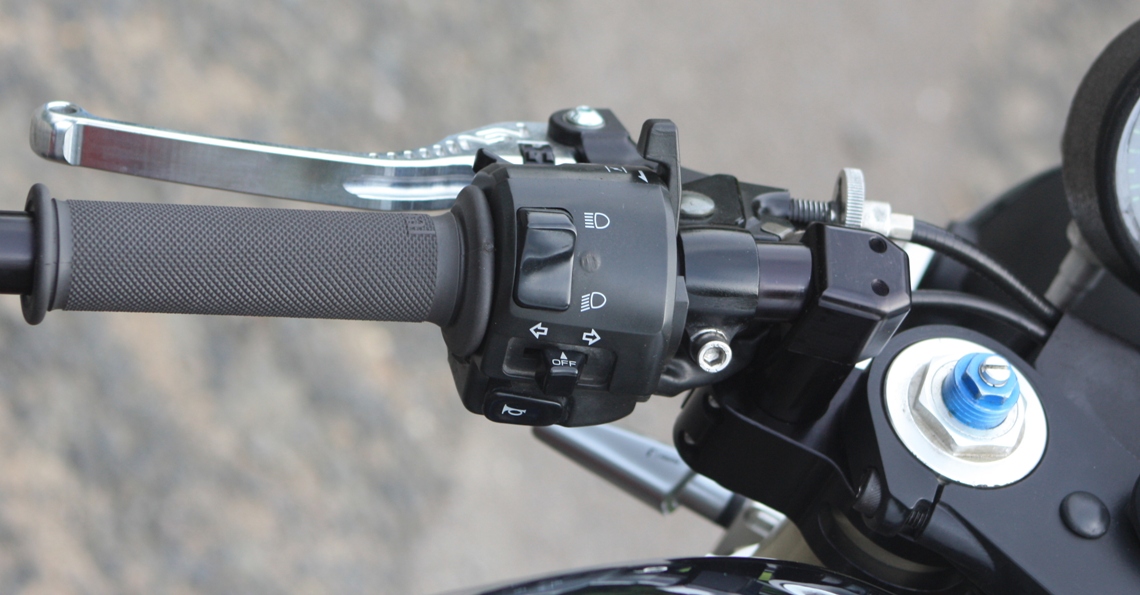
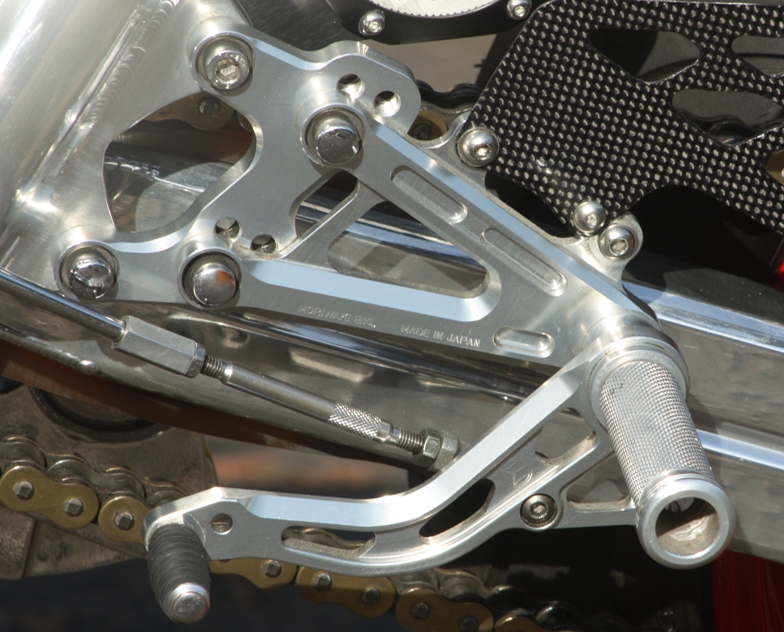
4 comments on “Part One: Modify to Fit”
Great article…but modify your bike and your insurance company will either (i) hike up your premium or (ii) not cover you, or worse (iii) use it as grounds not to pay you out when claiming (particularly if they deem them as ‘undeclared’ modifications)….
If you check the website, I’m sure the insurance policy allow you a number of changes without affecting your policy, as long as you tell them. With Bennetts, I believe it’s upto 16 modifications, including screen/exhaust/intake filter/rearsets/etc…
This does sound more flexible, but given that ANY deviation from a stock bike is classed as a mod, 16 mods isn’t anywhere near enough – brake lines, rear shock, upgraded forks, different paint, hugger, tail tidy, seat cowl, carbon mudguard, rear sets, legal end can, damper, sat nav, heated grips, engine bungs, wheel bungs, screen…that’s 16 and I’m not even near finished – the motor is totally stock and still runs a cat – so performance wise it only has sensible upgrades …the best I can get is declared mods but only a payout value on a standard spec machine – insurers are by no means flexible and are purely driven by increasing premiums whenever they can…bike insurer call handlers seem to struggle when your bike is ‘off script’ !!
Nice read! Of course, many of them possess a passion for cars/bikes and lavishly use their creativity and savings towards making their vehicle more stylish, equipped and luxurious. Modifications render an uniqueness to a vehicle and in some cases, improves its performance too.